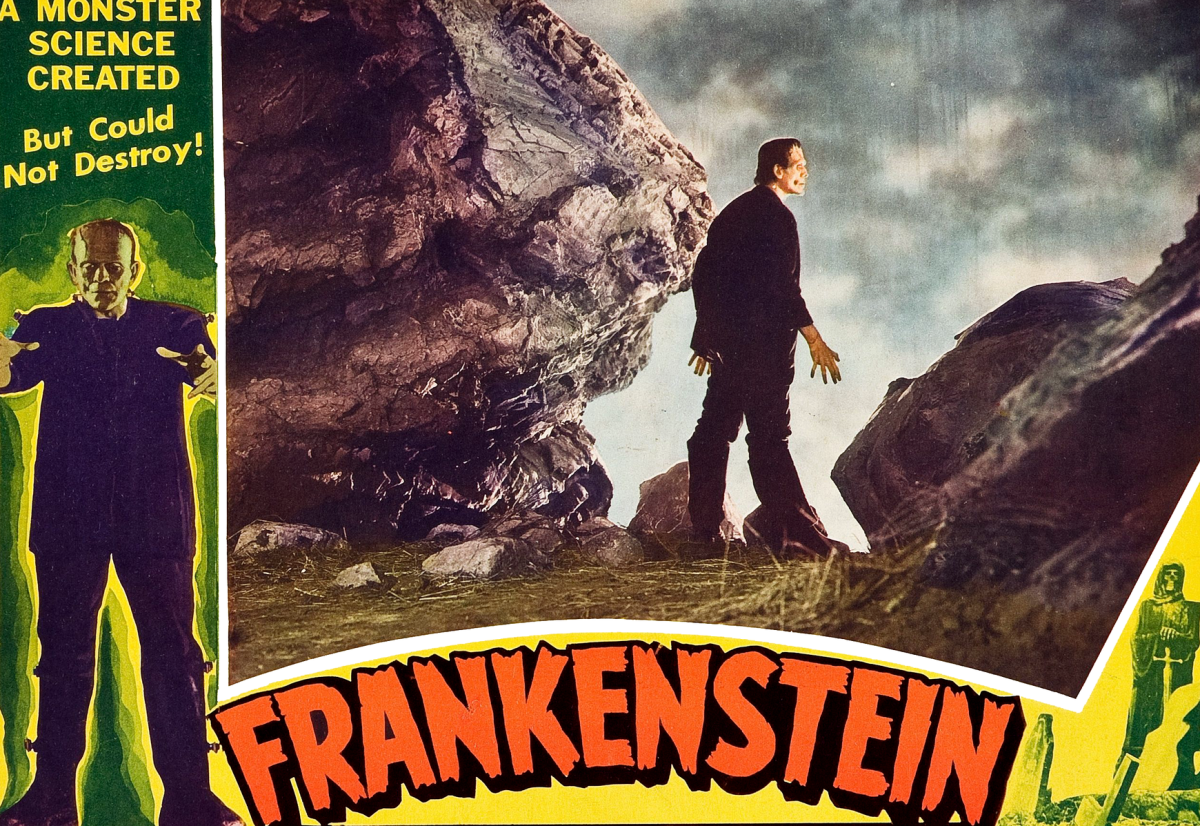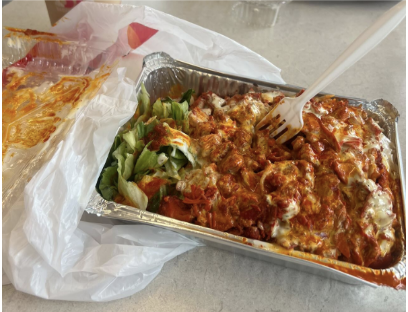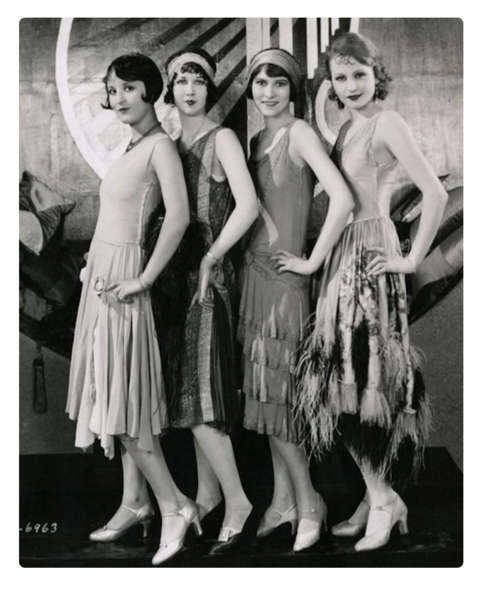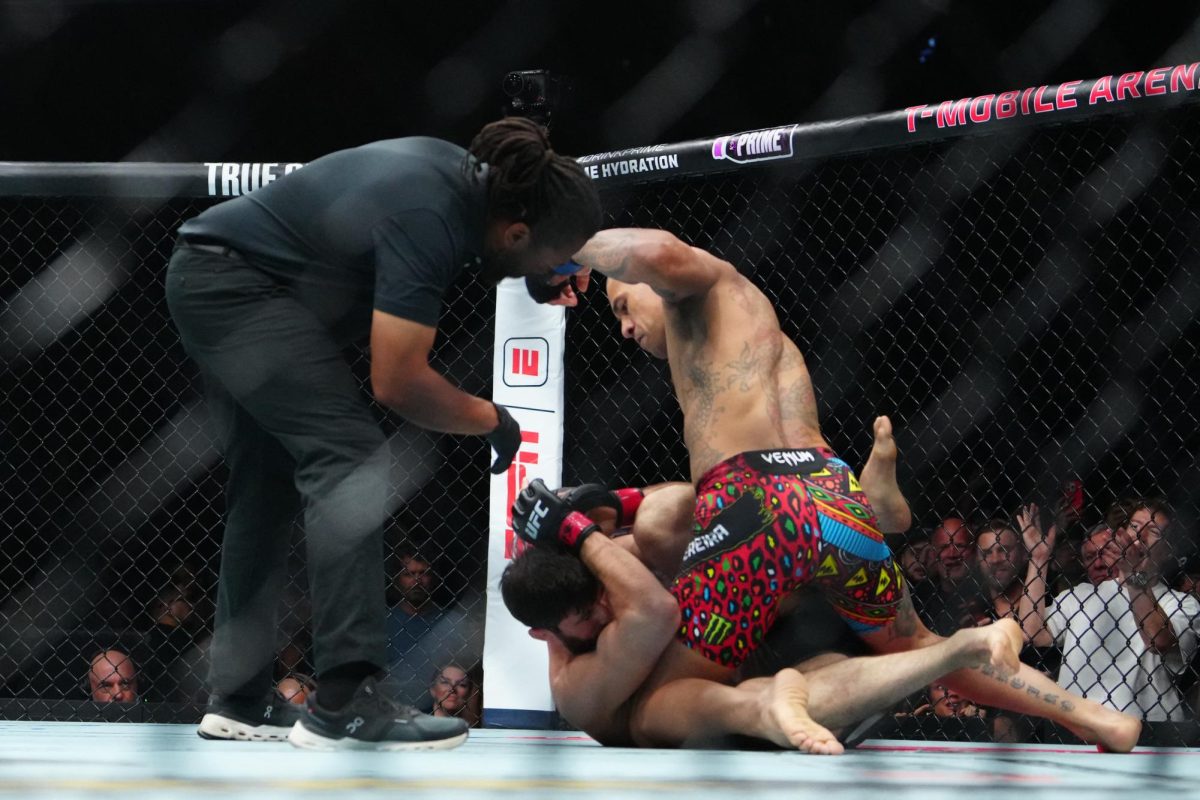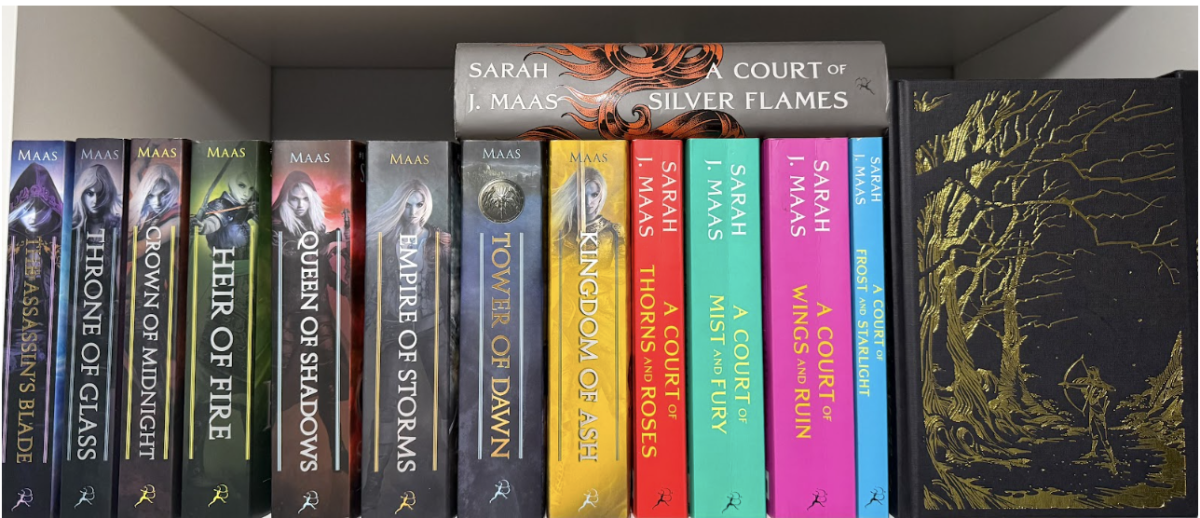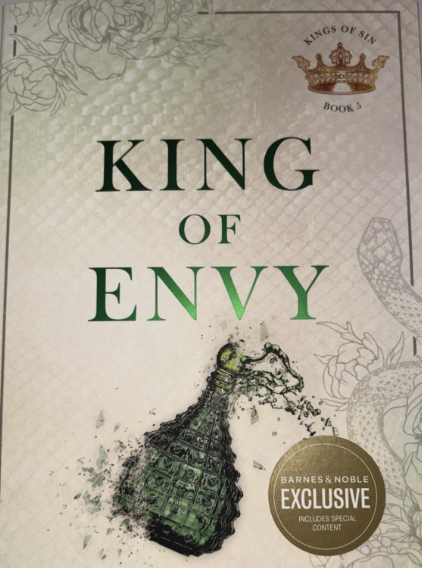“The clan is my blood, and the Pillar is its master. On my honor, my life, and my jade.”
The Green Bone Saga by author Fonda Lee is an epic fantasy trilogy consisting of three books: Jade City, Jade War, and Jade Legacy, that blends elements of martial arts, gangster violence, and political intrigue in its storytelling. The island of Kekon is an Asian-inspired nation where jade fuels supernatural abilities of trained warriors known as Green Bones. The series follows the Kaul family, leaders of the top No Peak Clan, battling its rival Mountain Clan in maintaining control over the island of Kekon. The trilogy spans decades and generations as the Kaul family attempts to navigate clan wars, diplomatic affairs, and global conflict, as jade becomes a coveted resource.
Lee does a fantastic job with the series’ world-building. The island of Kekon is full of rich culture, unique traditions, and a system of magic that involves jade. Jade City, like its name suggests, is focused on the city of Janloon, Kekon’s metropolis. The city itself is split into different, distinct neighborhoods full of culture before the rest of the books in the series expand the story, bringing Kekon to the global stage with other foreign nations. After the first book’s initial intrigue with domestic clan warfare, the story becomes even more compelling and complicated when the affairs of the Kaul family become intertwined with other nations in global politics. There are clear connections to real-world nations and cultures with an emphasis on the East vs. West. While dealing with clan wars, the Kaul family attempts to also balance their political alliances in maintaining control and power over their rival, whilst creating many enemies along the way, thirsting for their downfall.
But by far the best element of the book was the characters, which include the entire Kaul family and other memorable side characters. Because the series is a generational saga, readers will get to see the character development of major characters and witness how relationships drive the story with themes of love, betrayal, grief, and loyalty. Kaul Hilo, who can be considered one of the four central characters, is known as a fiery leader who at first was considered a feared warrior until he assumed the position the Pillar (leader) of No Peak. Hilo isn’t considered a hero in the traditional sense but is morally gray while being deeply human. He is a warrior at heart and a leader by necessity, where his decisions come from a place of duty and devotion to the clan. Meanwhile, other notable characters to mention are his sister Kaul Shae and his younger cousin Anden Emery, who also have unique character journeys. While Shae starts as a character who sought escape from clan affairs and the Green Bone world, she returns home to support her family through handling diplomatic affairs and being the voice of reason for her brother Hilo. Shae becomes an influential and strategic figure whose leadership is incredibly valuable to the clan in times of turmoil. Anden Emery, who at first was seen as a promising young warrior to the No Peak Clan, rejects the expected lifestyle and struggles to define his identity in a family and world dominated by jade and loyalty. While he is still deeply loyal to the clan, his character development is one of self-discovery and maturity as he learns to serve the clan in his own way.
The series is a perfect blend of slow tension and cinematic action that keeps readers reading and engrossed in its prose. Lee not only uses fight scenes to show off the martial arts aspect of their combat, but also to demonstrate the supernatural abilities gained by the use of jade, which adds a magical element. The fights are never just about a show of strength but are character-driven with emotional stakes involved. The violence in these fights is both memorable and crucial, having lasting impacts on characters and the storyline. Many times, it’s a life-or-death situation that will keep readers on edge and predicting the outcome where no one is guaranteed safe.
While some may argue that the pacing of the writing is slow, I would argue that the books move at a reasonable pace for us to grasp the complexities of the social, political, and economic changes both within Kekon and out. While Jade City is more intimate about the clan wars, Jade War expands the world, and Jade Legacy is a perfect finale that wraps it up. In Jade Legacy, there are significant time skips that are usually off-putting for readers, but in Lee’s case, she successfully utilizes them to demonstrate the impact of certain events and help move the story along. Readers will see that these time-skips are also used to show the growth of characters over time and allow us to form strong attachments to each one of them. I would say that Jade City is on the slower side when you are trying to get a feel of the world-building first, but when you get into Jade War, that is when everything picks up more and there are higher stakes.
Upon finishing the Green Bone Saga, it has become one of my favorite fantasy trilogies that, in my opinion, is incredibly underrated. It was mid-way through Jade War when I decided that this series had become one of my favorites! I became attached to the characters in a found-family way up until the bittersweet end. With a modern Asian-inspired city with mafia-like family politics, jade-powered martial arts, well-written character arcs, and unpredictable plot points, Lee crafts an unforgettable experience that explores grief, legacy, revenge, and the cost of power. What sets the Green Bone Saga apart from other fantasy stories is how grounded and human it feels, even with its magical elements. The choices characters make have lasting consequences and impact, and most of the time, it’s devastating. While it’s a story of clan wars and strong warriors, it’s also one that depicts people trying to hold on to what matters even in a world that demands they give everything.


